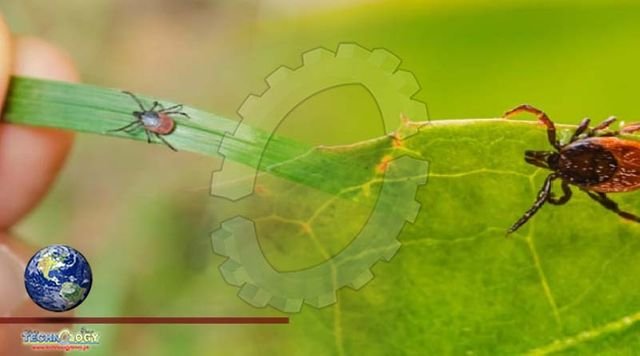Lyme disease is an illness caused primarily by the Borrelia burgdorferi bacteria transmitted to humans through the bites of certain species of ticks (deer or black-legged ticks in the US), and it’s been notoriously misunderstood and underdiagnosed.

But it’s a growing problem in the US especially in New England, where research published in March found that 11% of people have antibodies against b. burgdorferi. Dr. James Marvel, an emergency medicine doctor at Stanford Health Care and wilderness medicine expert, has researched the contributing factors to the spread of Lyme disease in the US. In an interview with CNET last year, he said that data over the last few decades shows that it has “blossomed” in a number of US states and counties, particularly in the Northeast. “There’s some suspicion that climate variables are contributing to it, especially in the context of global warming,” so the environment may be more favorable for ticks, Marvel said. However, ticks have a two-year life cycle, which makes it difficult to track.
“It’s not as simple as saying, ‘One hot day means there’s going to be more ticks,'” Marvel explained. Other factors, like people expanding construction into wooded, tick-filled environments, may also be contributing to an increase in incidents of Lyme disease, Marvel said. Dr. Andres Bran, an infectious disease specialist at the University of Missouri Health Care, said in a 2021 CNET interview that the pandemic may have led more people outdoors and caused them to engage in activities that would expose them to tick bites, such as hiking. “You’re seeing a shift toward going out in order to be socially distant,” Bran said. If caught early enough, Lyme disease can be treated, but failing to receive a proper diagnosis and treatment on time can sometimes lead to lasting illness.
There are support groups and online forums filled with people who live with Lyme disease, and an International Lyme and Associated Diseases Society dedicated to improving the medical and scientific communities‘ understanding of Lyme disease including treatments for those who continue to suffer. Here’s what to know about Lyme disease and how to protect yourself.Being outdoors increases your risk of coming into contact with all aspects of nature, including ticks. But if you live in a wooded area or are out in nature a lot, and especially if you live in a state where Lyme disease is more common, it’s important to protect yourself against tick bites. While Lyme disease can affect anyone at any age, it might be more common in children age 5 to 14 and adults age 45 to 64, according to ILADS.
Source: This news is originally published by cnet